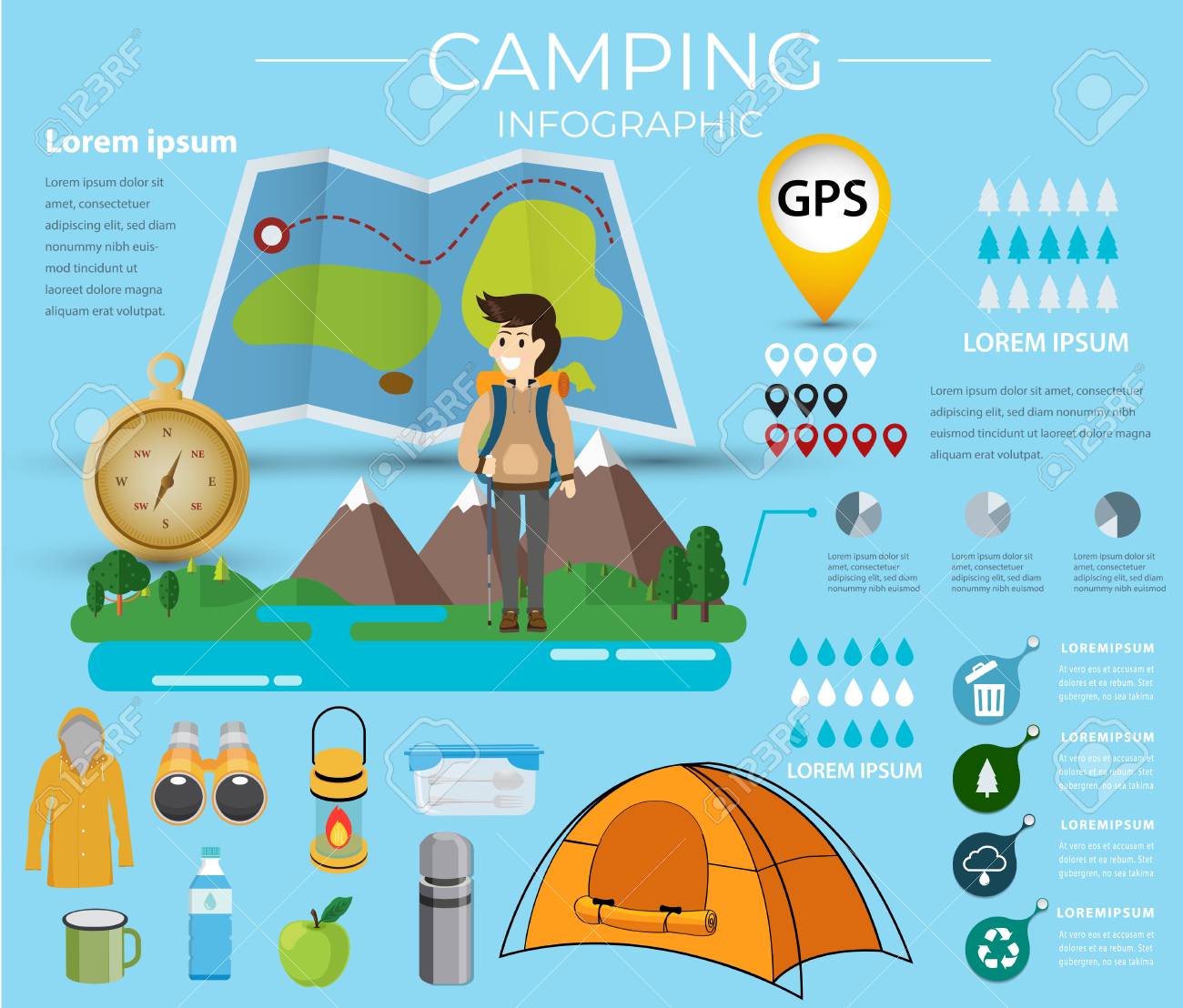Rainfall flies are a vital device for wall tents. They boost the capacity of a camping tent to secure campers from severe weather conditions while supplying included comfort and toughness.
Normal cleansing of a rain fly maintains mud, mildew, and particles from destroying it. Additionally, guaranteeing the correct tension of a rainfly stops it from sagging and permitting water to collect below.
Weather Resistant Products
The material utilized in construction projects can influence the long life and longevity of the task. Picking weather-resistant products helps reduce upkeep costs and conserves sources for future repair work and replacement.
Timber might not be the very first material that enters your mind when going over weather condition resistance, but it is very long lasting when correctly treated with preservatives. Cedar, redwood, and teak wood are examples of naturally rot-resistant timbers utilized to make a variety of exterior furniture and structures.
High-performance canvas wall surface camping tents are developed to resist dampness and keep campers comfortable. It is necessary to tidy canvas and tents regularly to get rid of dirt, mud, and dirt. It is likewise essential to rinse any type of residue from the canvas camping tent before saving it away for use. Avoid making use of bleach, as it ruins the water-resistance therapy and makes the outdoor tents more vulnerable to leak. Conversely, a soft brush and a hose can be utilized to completely scrub the canvas outdoor tents and rinse it off with water until it is completely filled.
UV Direct exposure
Unless an outdoor tents is made from UV-resistant fabric, prolonged exposure to sunlight will certainly create it to degrade. This is true of all fabrics, however it's especially obvious for tents and canvas structures due to just how much they're made use of in outdoor settings. UV radiation can cause dyes to break down, resulting in a loss of shade vibrancy.
A rainfly shields wall surface tents from these hazardous UV rays by showing them prior to they can permeate the framework and reach your skin. It's important to choose a rainfly with a UPF rating of 50 or higher to get optimal UV protection.
A rainfly also helps regulate the temperature inside a camping tent relying on the period. A lighter rainfly can maintain outdoors tents from soaking up way too much heat in the summer, while a much heavier rainfall fly can aid protect against warmth from running away the outdoor tents throughout colder months. In either case, these additional layers of insulation can significantly extend an outdoor tents's lifespan.
Dampness Damages
Canvas outdoors tents are rather long lasting and can last 15-30 years with attentive treatment, yet also one of the most high-performance canvas is not impervious to downpours. A rain fly or fly sheet adds a layer of protection for the roof of your canvas tent and helps prevent moisture damage.
Condensation, mold and mildew, and mold are not just undesirable, yet they can additionally damage the architectural stability of your canvas tent. Preventing these problems is uncomplicated, however it needs precise care and focus to information.
Make it a behavior to check your outdoor tents in the early morning and eliminate any type of natural condensation, dew, or snow that has accumulated externally. Afterward, be sure to spread your camping tent out in an open area and use a soft brush to scrub away any kind of mold and mildew and mildew that has actually developed. When you have gotten rid of the impacted areas, re-treat the reusable outdoor tents with a mold and mildew killer remedy and wash it thoroughly to stop any type of future infestations.
Dampness Accumulation
While normal, condensation can harm materials if left untreated. Thankfully, proactive approaches like wiping surface areas and airing out camping tents minimize condensation' influence.
Camping tent fabric, environment conditions and use patterns contribute to condensation degrees. Sailcloth, for example, stands up to water vapor dissipation and tends to present beaded droplets quicker than polyester or nylon options. Recognizing this difference educates exactly how tent proprietors manage condensation.
Owner's exhaled breath and damp garments and equipment spike moisture levels. An absence of ventilation methods allows dampness to condense when warm indoor air satisfies cooler surface area temperatures. This cycle intensifies on damp nights or when a camping tent is placed in low places. Examining and cleaning tent surface areas instantly after cooling down encourages wetness to disperse before destructive materials or forming mold and mildew. Localized air movement, such as directing a follower toward joints, more aids the procedure. Identifying the most prone locations of a camping tent, like high ridges and edges, aids campers improve their dampness management routines.
